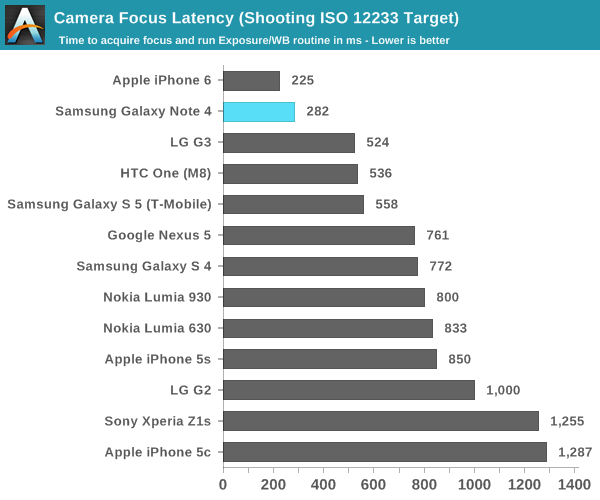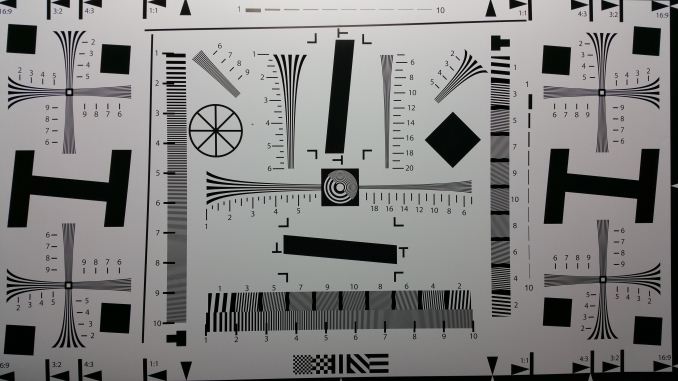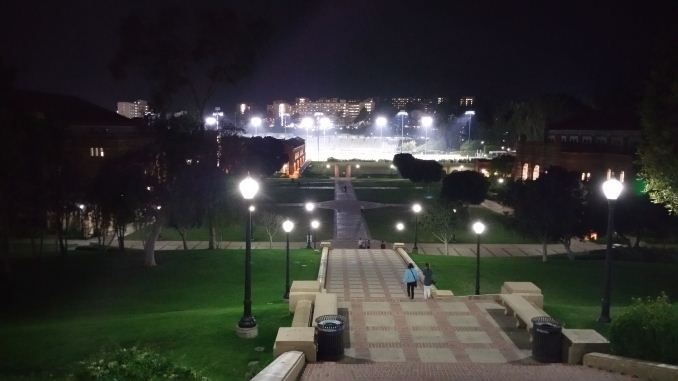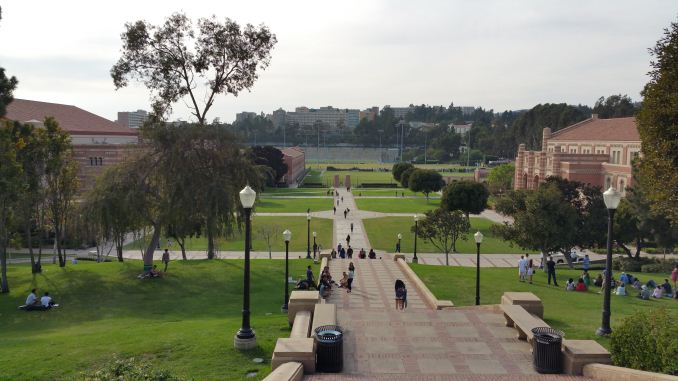The Samsung Galaxy Note 4 Review
by Joshua Ho on October 15, 2014 9:00 AM EST- Posted in
- Smartphones
- Samsung
- Android
- Mobile
- Galaxy Note 4
Camera
While the 16MP camera of the Galaxy Note 4 is mostly what we would expect, Samsung has really changed things up with the addition of OIS. Outside of this addition and the Sony IMX240 sensor, there’s really not a lot of change when it comes to the Galaxy Note 4. This means that we see the same 31mm equivalent focal length and F/2.27 aperture. At this point, it seems that OIS has finally reached mainstream adoption as both Samsung and Apple are shipping OIS solutions on their phones. The front facing camera is noticeably different though, with a Samsung S5K6D1YX sensor that I haven't seen elsewhere.
However, before we get into the proper image quality analysis I wanted to first cover shot to shot latency and focus/AE latency, as both are critical to a good image capture experience. Even if it’s possible to get amazing photos from a camera, it doesn’t really matter if the moment is missed. In order to test this, we look at the ideal case, which is when the phone is pointed at the ISO chart with bright lighting to maximize contrast.


As one can see in the graphs above, capture latency and focus latency are quite competitive with on the Note 4. However, there is one crucial detail that the focus latency graph misses, which is that Samsung doesn’t have continuous auto-focus in preview with the Note 4. As a result, there’s realistically an additional latency period before the auto-focus begins to run. The result is that the total time from out of focus to in focus is realistically closer to 800ms, but if one immediately taps the display to begin an AF run it’s possible to achieve the lower bound value, which is just south of 300ms.
Still Image Performance
While I'm still working on moving towards a better test for cameras, for now we have our standard photo comparisons that should give a good idea of what to expect from a smartphone camera in comparison to other cameras. Our first test is the standard ISO chart, which allows for a good test of maximum resolution.

For this first test, it seems that Samsung hasn't really changed much when it comes to maximum resolution, and in general the Note 4 produces similar output to the Galaxy S5. To verify this and a test of dynamic range, we'll look at a landscape shot next.
In this test, we see that the Galaxy Note 4 generally does well with detail and dynamic range as the landscape is generally well-detailed, although there's quite a bit of detail that seems to be smudged away on the grass as it seems to be a flat green texture for the most part. There's also noticeable color artifacting on the bleachers in the distance. We'll look at the same scene in low light to get a better idea for what the Note 4 really brings to the table.
Here, in low light we see significant improvements in image quality when comparing the Galaxy S5 to the Galaxy Note 4. The iPhone 6 Plus and Note 4 are quite close in overal quality, but looking at the brick building on the right of the image shows that the iPhone 6 Plus is maintaining a higher level of detail in this scene.
In the case of HDR, Samsung continues to do a great job with their implementation. For the most part this feature is successfully implemented with no real halos or other artifacts even when there are moving objects in the shot. This is likely to be implemented through on-sensor HDR rather than image combination.





































195 Comments
View All Comments
synaesthetic - Saturday, October 18, 2014 - link
Isn't that the whole point of using Android? I mean, it's kind of a trainwreck when OEM skins and carrier bloatware gets involved. If it wasn't for custom OS flashing I would probably be using a Jolla phone or hanging onto the old Nokia N9. Or just using an iPhone. I mean, if I can't tweak and customize, then my problem with iOS largely disappears.snake2332 - Wednesday, October 22, 2014 - link
That literally is the first thing I do, but I'm not average. However, do average consumers read anandtech? I think not, so there is some relevance to arguing against uhuznaa's statement since a fair amount of people won't be using the stock ROM at all.tralalalalalala40 - Friday, October 17, 2014 - link
So you want him to root the phone to get a proper test. That sounds like an accurate way to model the average consumer use. hasnake2332 - Wednesday, October 22, 2014 - link
Who cares about the average consumer here?seanlumly - Wednesday, October 15, 2014 - link
This review is good, but lacks discussion (or mention, for that matter) about Gear VR, a very significant first-step development in the world of mobile phones. If nothing else, VR may have an effect on the decisions surrounding critical hardware found in future mobiles.theduckofdeath - Wednesday, October 15, 2014 - link
I noticed that too. the Gear VR is actually one the toys I'm looking forward to the most over the next few months.seanlumly - Wednesday, October 15, 2014 - link
Me too! And while I'm looking forward to it, I'm confident that it is a bold and important step for the industry. It potentially adds an alternative to large-screen TVs that have become standard, and open up new ways of sharing information. More importantly, the mobile phone is so ubiquitous that this lowers the cost of VR significantly, and puts it into more hands.Such a thing deserves serious mention in a review of this device as its a serious development.
theuglyman0war - Monday, October 20, 2014 - link
if this is a petition for the interest in the future coverage of vr and phones strapped to my face with rubberbands then count me in pleeeze ( me to )firstever - Wednesday, October 15, 2014 - link
From the brightness tests, the display is 331 nits. How is the readability in the daytime? What does the auto boost do to make the display brighter?theduckofdeath - Wednesday, October 15, 2014 - link
With a contrast ratio of nearly 1,000,000:1 it has a dynamic range in the region of 1000 times better than any LCD display.That gigantic difference means that those miniscule differences in the specs sites like Anandtech always loves to focus on are pretty much irrelevant. I think it was GSM arena who made an visual comparison of outdoor readability on all major brands a few months ago, and even though the GS5 had around half the brightness of the "best" competitors, the GS5 was a lot more readable outdoors.
The adaptive brightness increased the outdoor brightness of something like 100 nits on older Samsung devices, I guess this is in the same region.